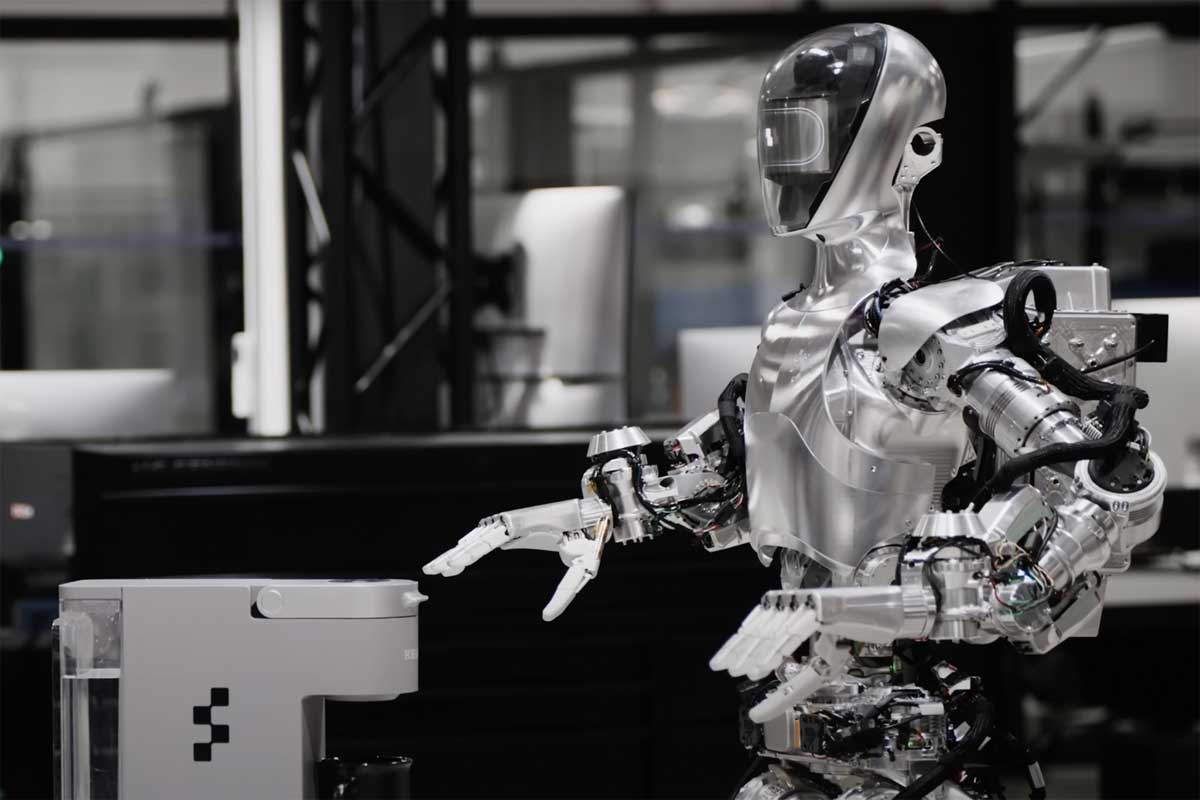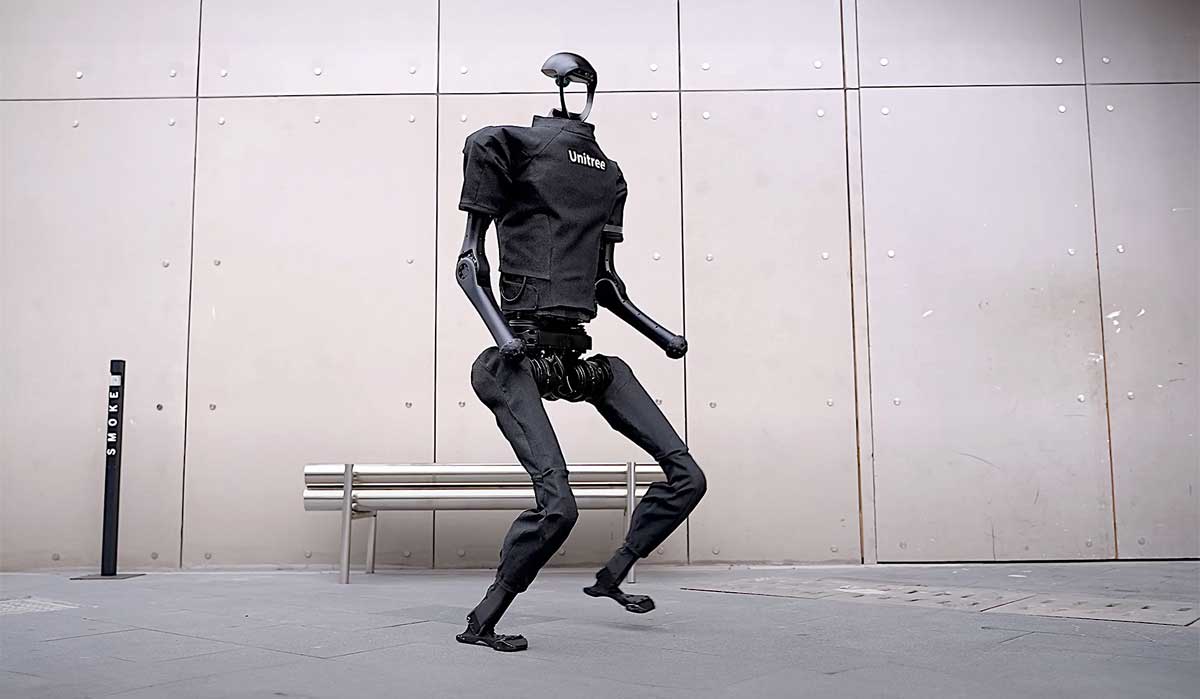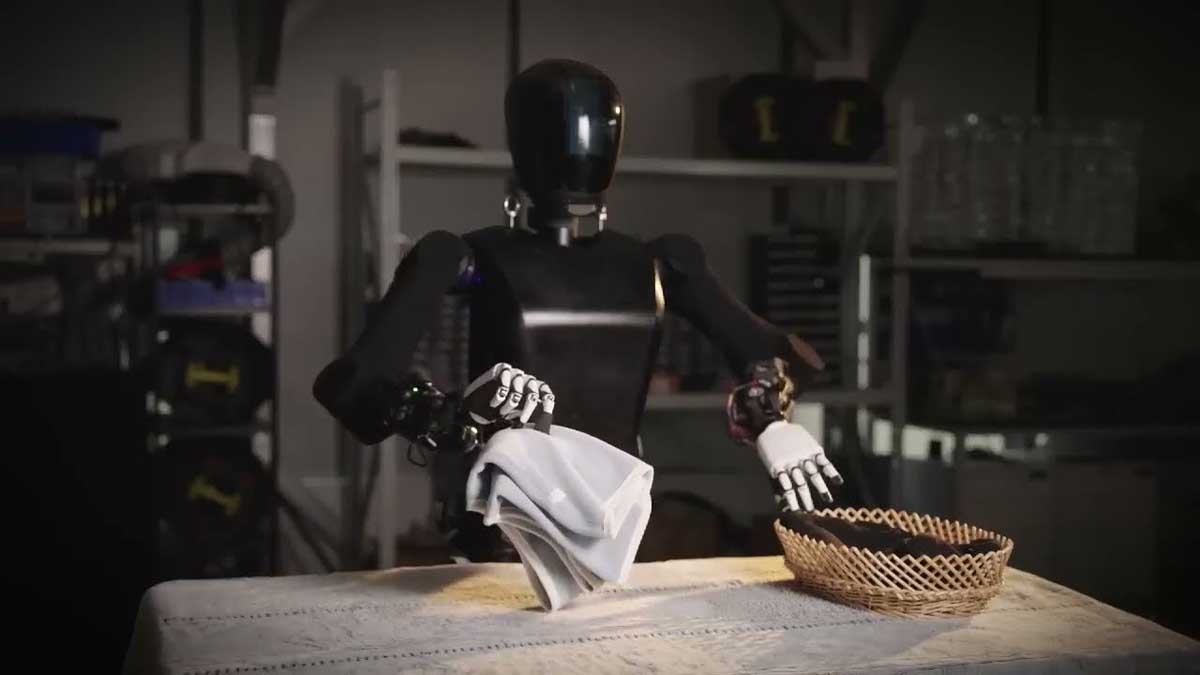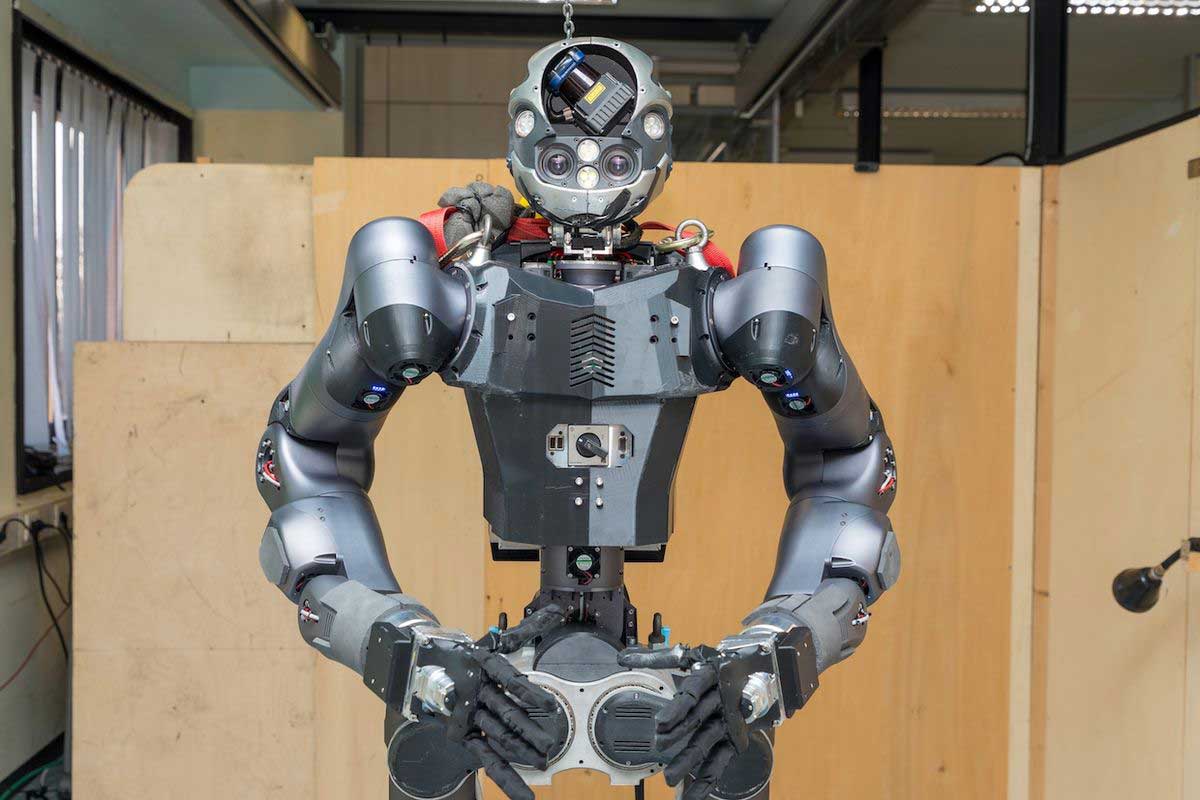The world of robotics is experiencing a renaissance, and at the forefront stands the Figure 01, a humanoid robot developed by California-based Figure Robotics. Unlike single-function robots designed for specific tasks, the Figure 01 aims to be a versatile, general-purpose machine, mirroring the adaptability of the human form. This ambition positions it as a potential game-changer in various industries, and recent developments suggest it’s living up to the hype.
One of the defining features of the Figure 01 is its bipedal walking. Unlike robots on wheels or tracks, it navigates its environment with a human-like gait, showcasing impressive balance and agility. This capability opens doors to real-world applications where obstacles and uneven terrain might be present. Furthermore, the robot boasts dexterous hands and arms, allowing it to interact with objects, tools, and even delicate tasks as intricate as making coffee.
The key driver behind the Figure 01’s potential is its advanced artificial intelligence (AI). Figure emphasizes its use of neural networks trained on vast amounts of data, enabling the robot to learn and adapt to new situations. This translates to tasks like grasping objects, navigating dynamic environments, and even basic interaction with humans. While details are still under wraps, the company’s recent teasers about an AI breakthrough hint at further leaps in the robot’s cognitive abilities.
The impact of the Figure 01 could be felt across various sectors. In manufacturing, it could handle delicate assembly tasks or collaborate with human workers. In logistics and warehousing, its mobility and dexterity could make it ideal for sorting, packing, and even deliveries. Moreover, the robot’s potential extends to fields like retail, healthcare, and customer service, where its human-like form could bridge the gap between technology and human interaction.
However, challenges remain. Cost, for example, is a significant hurdle, and widespread adoption hinges on making the Figure 01 affordable and accessible. Additionally, ethical considerations surrounding humanoid robots and their potential impact on jobs need careful attention.
Despite these challenges, the Figure 01 represents a significant step forward in robotics. Its combination of human-like form, advanced AI, and growing capabilities make it a strong contender in the race for general-purpose robots. As development progresses and real-world applications emerge, the Figure 01 could very well be a harbinger of a future where robots seamlessly integrate into our lives, not just as tools, but as adaptable companions.





Leave A Comment